Special Report
Beers Americans No Longer Drink
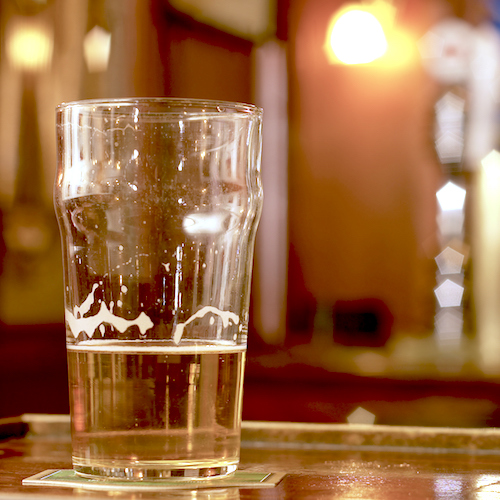
Published:
Last Updated:

While beer consumption in the United States fell during the beginning of the recession and again at the end of 2013, it is on the rise again and beer remains the most popular alcoholic beverage in the U.S. Americans will likely continue to choose beer over other types of alcoholic beverages, although the brand of beer they will choose is far less predictable. Consumer preferences regularly change in response to new ad campaigns, price, or for no detectable reason.
Sales of once unassailable beers such as Budweiser and Miller High Life have declined by more than 25% from 2010 through 2015. Meanwhile, sales of such beers as Modelo Especial and Stella Artois — once more marginal brands in the United States — have more than doubled. Based on five-year changes in U.S. beer sales, 24/7 Wall St. reviewed the 10 fastest shrinking beers in America.
[in-text-ad]
According to Eric Shepard, executive editor with industry news organization Beer Marketer’s Insights, these past five years have been “an especially challenging period for mainstream beer.” In an interview with 24/7 Wall St., Shepard said the decline in shipments of major beer brands could be due to, among other factors, the shift among beer drinkers to either higher priced brands or other alcoholic beverages.
Click here to see beers Americans no longer drink.
The list of beer brands with declining shipments is dominated by light beers in the premium and sub-premium categories — lower priced beers like Miller High Life, Natural Light, and Keystone Light.
While these are low-priced beers, the cost of beer as a whole has gone up significantly in recent years, much more than other spirits. As Shepard suggested, mainstream beer brewers may have been too aggressive in their pricing strategy in recent years. Consumer prices increased by 31% between January 2003 and October 2015. The price of all beer purchased for home consumption over that time increased slightly slower than the average for all items, by 30%. The price increases of other alcohol beverages, such as whiskey at 22% and wine at 10%, were much lower.
Many drinkers are also increasingly choosing craft beers over mainstream beer brands. While craft beer sales still make up a very small share of the U.S. market, sales of these small scale beers have grown by 8% so far this year following double-digit growth over each of the past six years, according to Beer Marketer’s Insights. The rapid growth in craft beers — small, independent and traditional brewers — could reflect a growing emphasis on taste. All of the 10 beers with the fastest shrinking demand are rated by reviewers on beer forum Beer Advocate as either “poor” or “awful.”
To identify the 10 fastest-growing beer brands in America, 24/7 Wall St. reviewed shipment volumes provided by Beer Marketer’s Insights for all brands with more than 1 million barrels shipped in either 2010 or 2015. For reference, approximately 200 million barrels of beer are shipped to the United States in a given year. One barrel is equal to 31 gallons or 13.8 cases of 24 12-ounce bottles each.
These are America’s fastest shrinking beer brands.
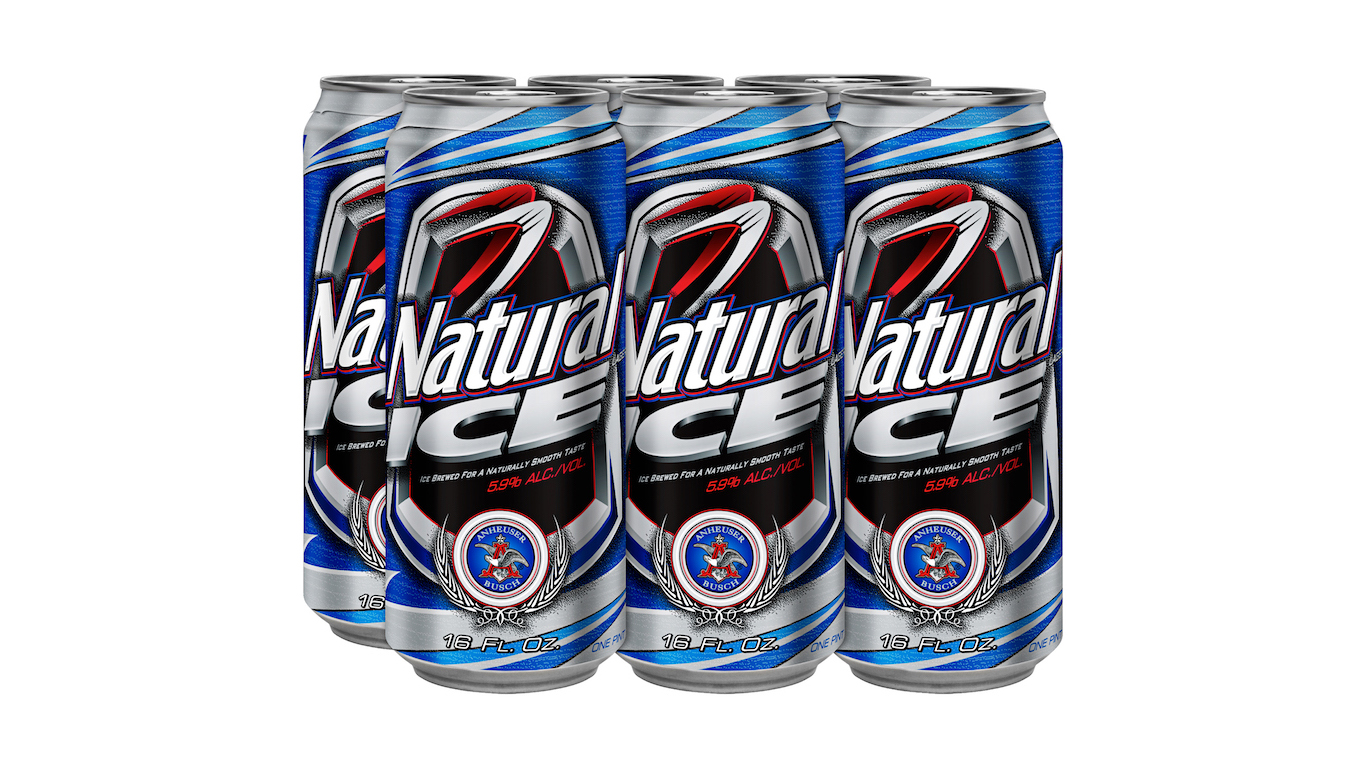
10. Natural Ice
> Sales change (2010-2015): -17.3%
> Barrels shipped in 2015: 2.8 million
> Parent company: Anheuser-Busch InBev
Natural Ice, often referred to as Natty Ice, was introduced by Anheuser Busch in 1995 as a higher alcohol content alternative to its precursor, Natural Light. Natural Ice contains 5.9% alcohol by volume, while Natural Light contains only 4.2% ABV.
[in-text-ad]
Anheuser-Busch InBev shipped 575,000 fewer barrels of Natural Ice in 2015 than it did five years prior. The 17.3% decline in shipments is the 10th steepest among major beer brands. Like Natural Ice, Natural Light is also falling out of favor with American beer drinkers but remains far more popular. Last year, U.S. consumers drank about 6.8 million barrels of Natural Light compared to only 2.8 million barrels of Ice.
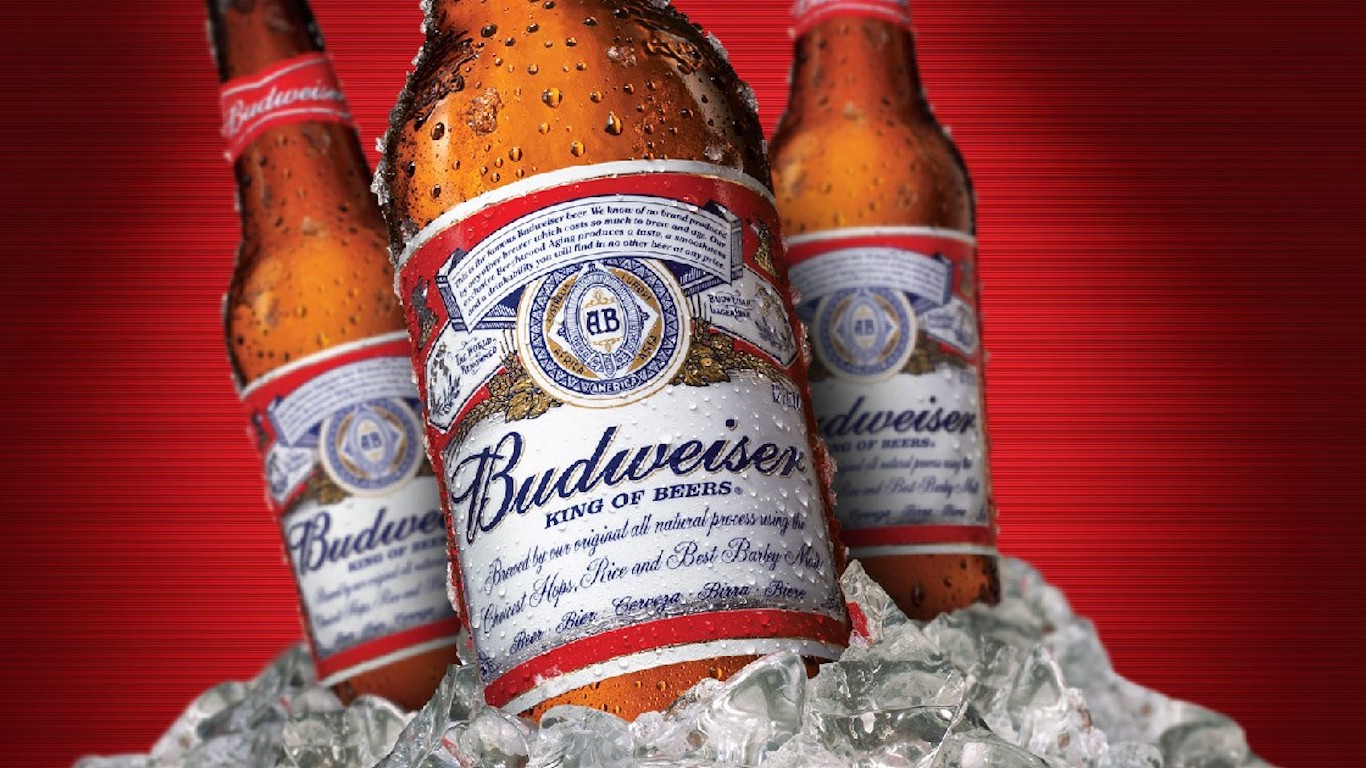
9. Budweiser
> Sales change (2010-2015): -19.6%
> Barrels shipped in 2015: 15.0 million
> Parent company: Anheuser-Busch InBev
Once the iconic American beer, Budweiser’s image was likely tarnished in the eyes of many in 2008, when the beer maker, Anheuser-Busch, merged with Belgian brewer InBev. This year, in an apparent attempt to capitalize on the beer’s American roots, labels on cans and bottles nationwide were changed to read “America.” The new marketing began in mid-May and continued through the U.S. presidential election. While Budweiser sales are down 19.6% from 2010 to 2015, the marketing campaign’s effect on total sales remains to be seen.
Despite recent declines in demand, Budweiser remains a popular choice among beer drinkers. Last year, Anheuser-Busch InBev shipped 15 million barrels of the iconic brew to locations in the U.S., more than nearly any other brand in the country and the most of any non-light beer.
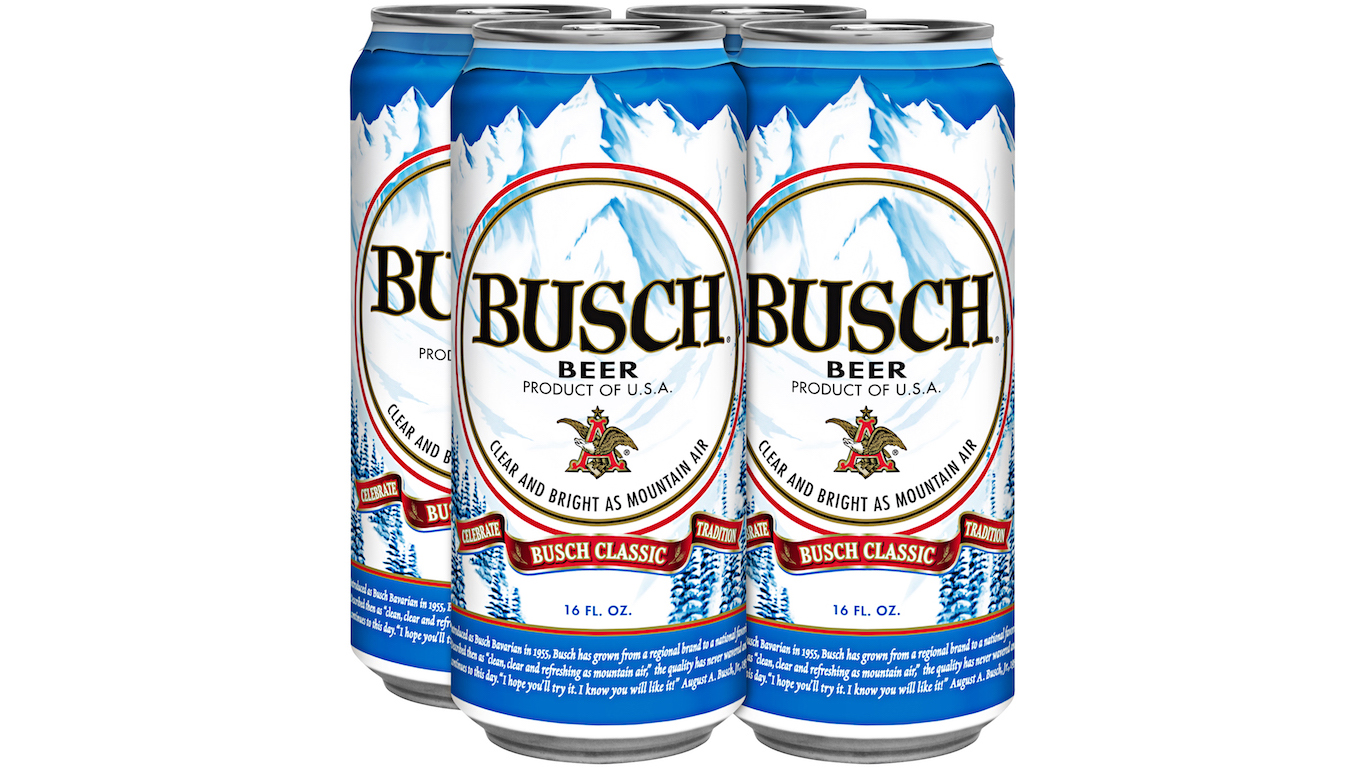
8. Busch
> Sales change (2010-2015): -20.5%
> Barrels shipped in 2015: 4.9 million
> Parent company: Anheuser-Busch InBev
Busch is one of many Anheuser-Busch InBev beer brands rapidly losing sales. Americans drank only 4.9 million barrels of Busch last year, 20.5% less than in 2010.
Busch Beer, as it is known today, was first introduced in 1955 as Busch Bavarian Beer. Although the brand still uses a snow-covered German mountainside as part of its logo, it is only available for sale in the United States.
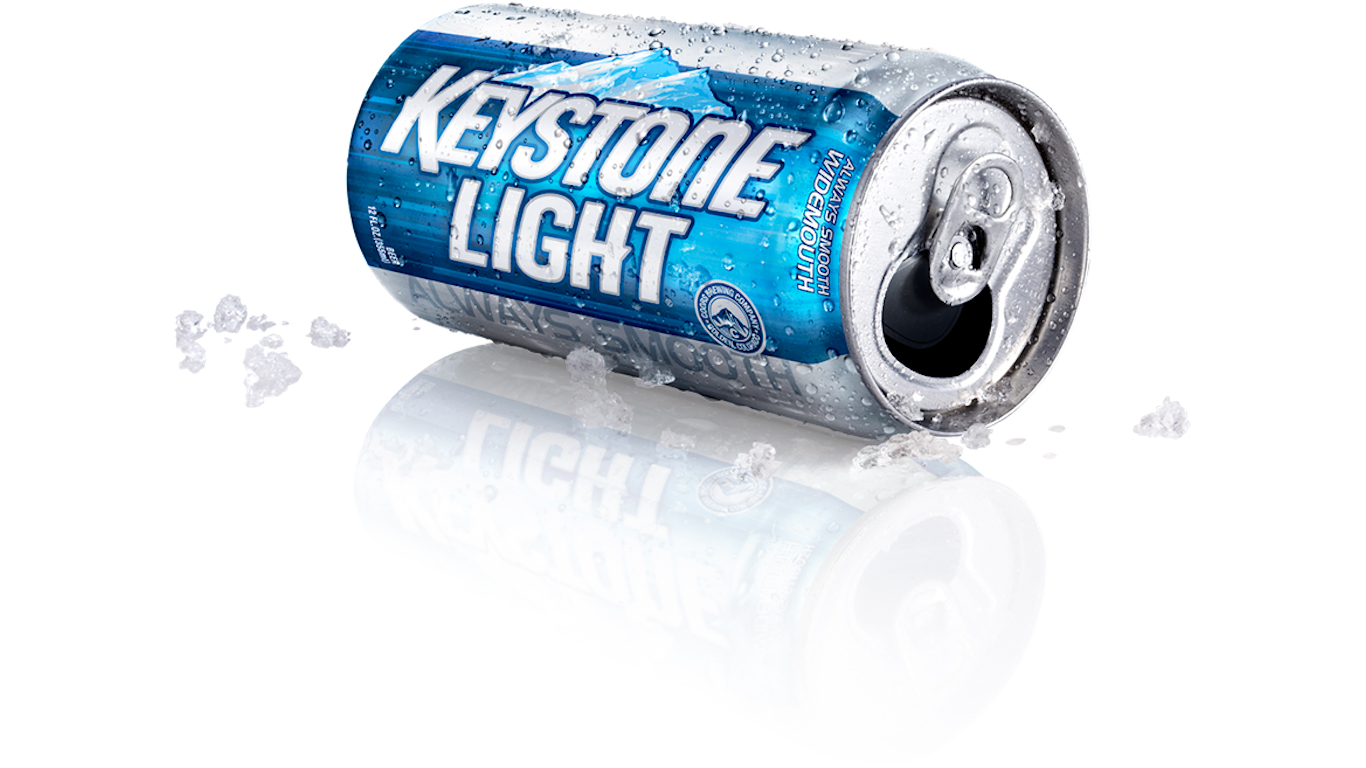
7. Keystone Light
> Sales change (2010-2015): -26.6%
> Barrels shipped in 2015: 3.5 million
> Parent company: Molson Coors Brewing Company
Keystone Light was introduced to American beer drinkers in 1989. A relatively inexpensive sub-premium beer, Keystone Light sales surged during the recession. Leading up to 2010, a year when Americans consumed 4.7 million barrels of Keystone Light, shipments of the beer increased by 16.0% in 2008 and by 14.3% in 2009. Since then, in lockstep with the improving economy, demand for Keystone Light began to decline. Keystone shipments dropped to 3.5 million barrels in 2015, a 26.6% drop since 2010.
[in-text-ad]

6. Natural Light
> Sales change (2010-2015): -26.8%
> Barrels shipped in 2015: 6.8 million
> Parent company: Anheuser-Busch InBev
Anheuser-Busch introduced Natural Light in 1977, the company’s first light beer. In 2011, two Natural Light enthusiasts launched a can of the beer into space, making it the first beer brand to leave the earth’s atmosphere.
Natural Light has also earned somewhat less admirable descriptions. According to user reviews on BeerAdvocate, a beer news and review source, Natural Light is the worst widely-sold beer available in the United States. Evolving tastes among American beer drinkers are likely hurting sales for what once was the fifth best selling beer brand in the country. After a five-year, 26.8% drop in shipment volume, Natural Light is still the sixth best selling beer.

5. Tecate
> Sales change (2010-2015): -28.0%
> Barrels shipped in 2015: 925,000
> Parent company: Heineken USA
Named after its city of origin, Tecate is the only Mexican beer to rank among those declining in popularity. In the last five years, Tecate sales have dropped by 28%, more than all but a few other beer brands.
Similar to Budweiser, Tecate used the 2016 presidential election as a marketing strategy. The brand ran an ad during the first debate between Secretary Hillary Clinton and Donald Trump, satirizing the now President elect’s vow to construct a wall between the U.S. and Mexico.
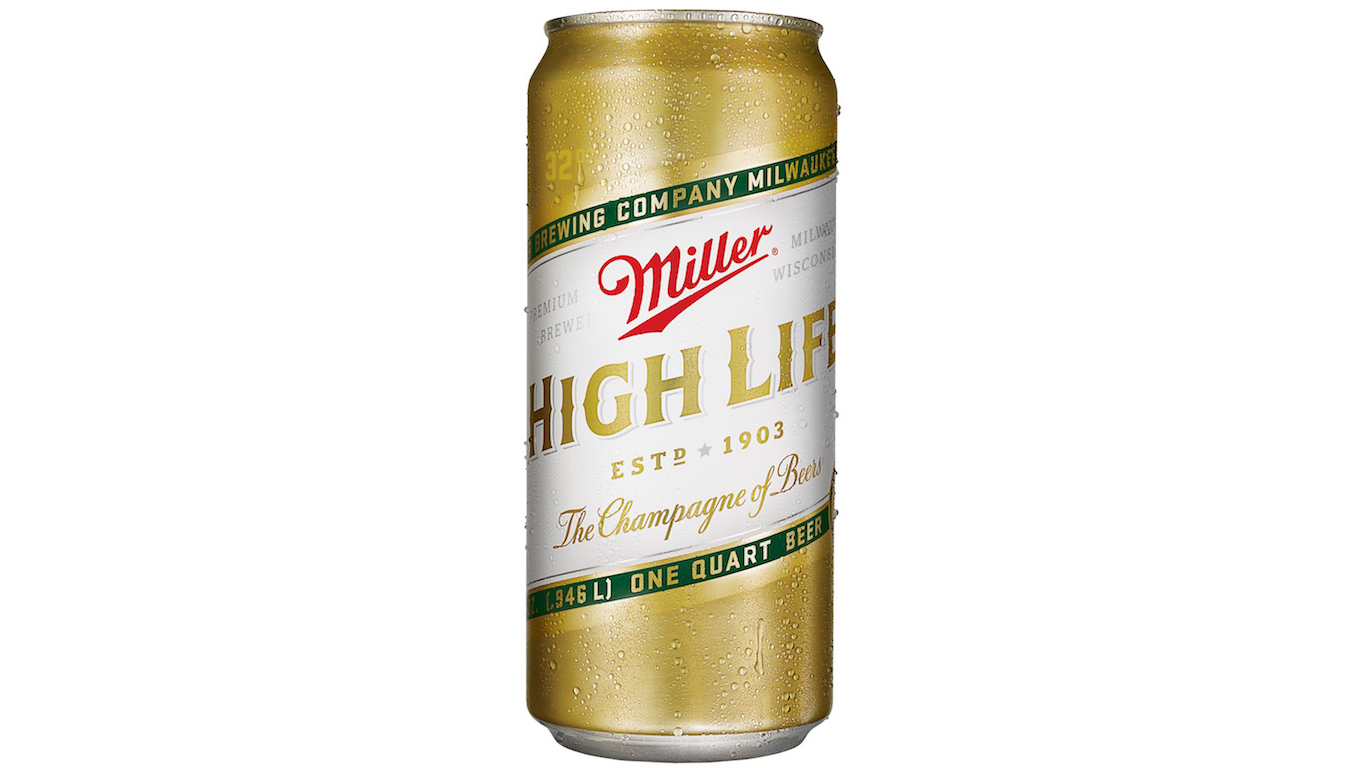
4. Miller High Life
> Sales change (2010-2015): -28.2%
> Barrels shipped in 2015: 3.6 million
> Parent company: Molson Coors Brewing Company
Over a century old, Miller High Life was first brewed in 1903 by German immigrant Frederick Miller. The brand survived the more than decade-long prohibition era as a non-alcoholic beverage. Self-nicknamed “The Champagne of Beers,” Miller High Life has often marketed itself as a celebratory beverage and an affordable yet extravagant indulgence.
Americans may be losing their taste for the High Life, however. Last year, Molson Coors shipped only 3.6 million barrels of the beer when five years prior it had shipped over 5 million barrels.
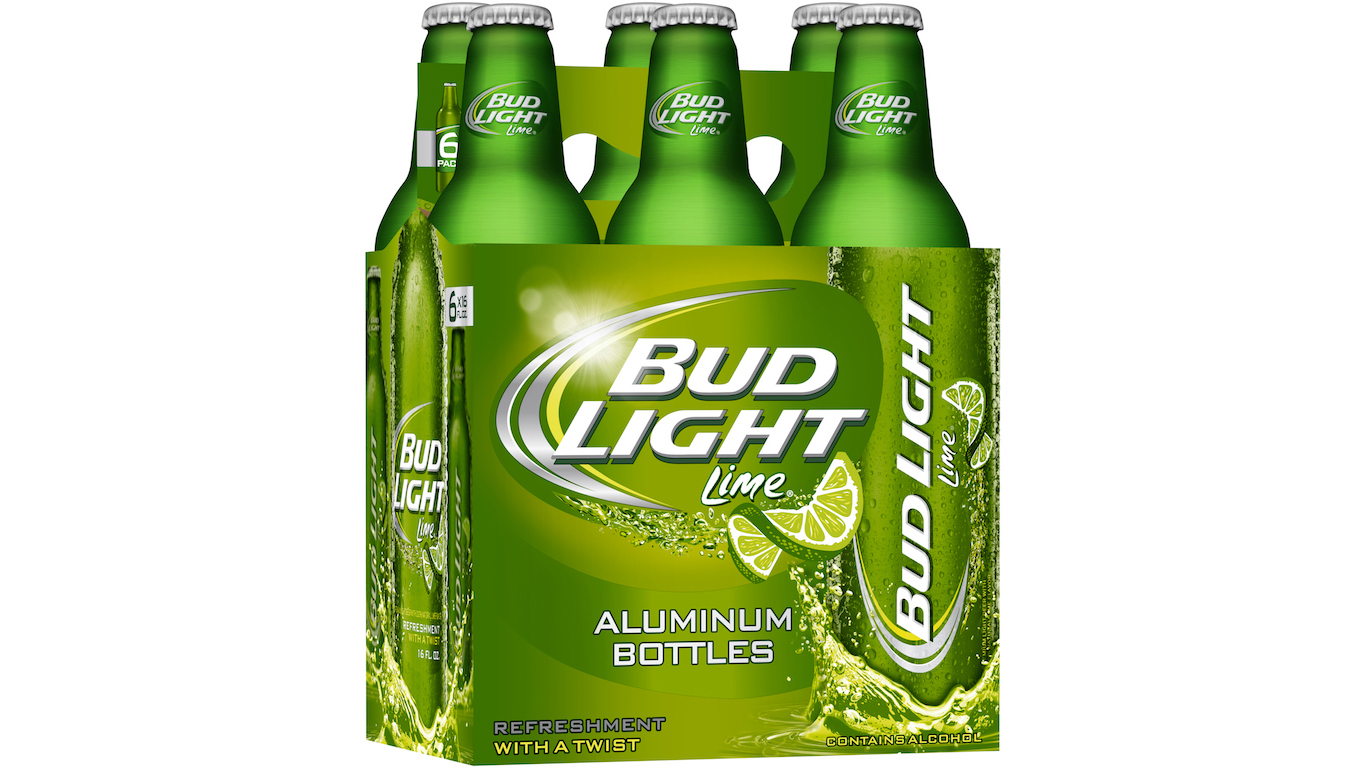
3. Bud Light Lime
> Sales change (2010-2015): -35.8%
> Barrels shipped in 2015: 1.1 million
> Parent company: Anheuser-Busch InBev
Introduced in the Spring of 2008, Bud Light Lime is less than two years away from its 10th year anniversary. An initial success, Anheuser-Busch sold over a million barrels of the brew in its first summer. A boon for Anheuser-Busch, some estimates suggest the vast majority of those choosing Bud Light Lime were either poached from other brands or were new beer drinkers.
[in-text-ad]
For now, it appears the lime-flavored light beer has lost some of its appeal. Anheuser-Busch reported a 35.8% decline in shipments of Bud Light Lime in the last five years.
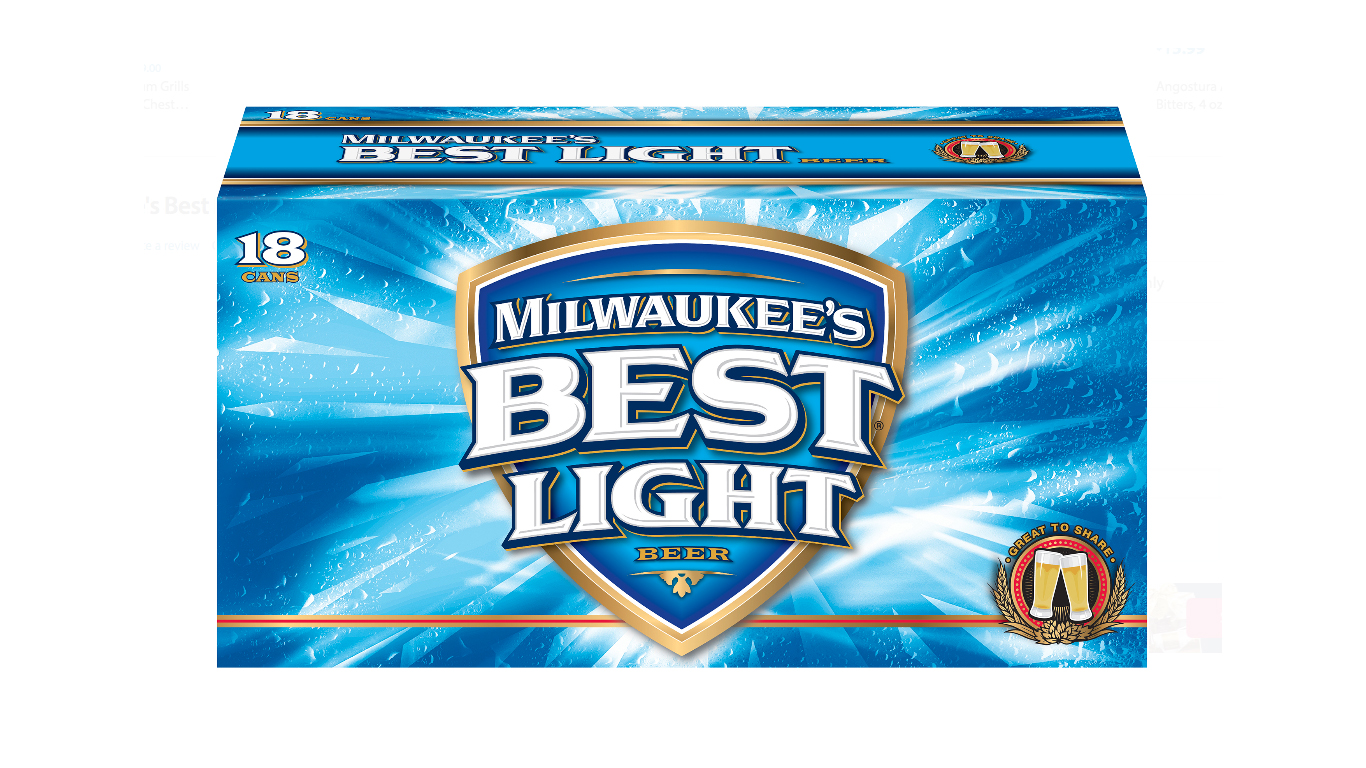
2. Milwaukee’s Best Light
> Sales change (2010-2015): -39.2%
> Barrels shipped in 2015: 790,000
> Parent company: Molson Coors Brewing Company
Though the beer won a silver medal in its category during the 2006 Great American Beer Festival, Milwaukee’s Best Light is quickly losing favor among American beer drinkers. As recently as five years ago, Americans consumed some 1.3 million barrels of the light beer. Last year, 790,000 barrels were enough to quench Americans’ thirst for the brew.
Milwaukee’s Best Light is several years older than its higher alcohol content offshoot Milwaukee’s Best Ice. Shipments of the more potent ice beer have remained relatively steady since 2010. Molson Coors shipped nearly 1.4 million barrels of Ice for American consumption last year, a 2.3% increase from five years prior.
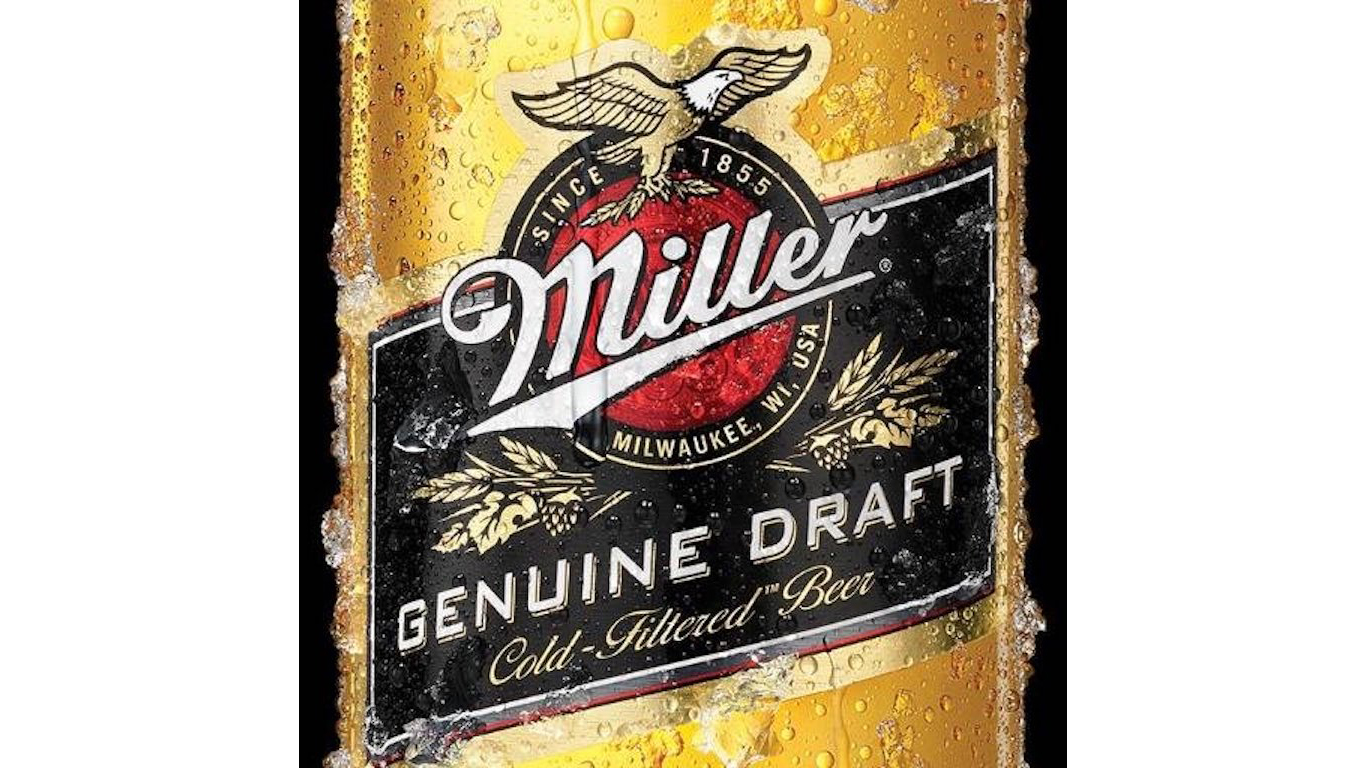
1. Miller Genuine Draft
> Sales change (2010-2015): -54.7%
> Barrels shipped in 2015: 850,000
> Parent company: Molson Coors Brewing Company
No major beer brand recorded a steeper drop in total shipments in the last five years than Miller Genuine Draft. Americans drank over a million fewer barrels of MGD in 2015 than they did in 2010, continuing a long-term trend of decline for the brand. In the late 1990s, MGD ran an ad touting itself as a “macro brew,” in an unsubtle jab to the burgeoning craft beer industry. The surging popularity of micro brews is largely to blame for MGD’s decline.
Likely a result of declining sales, a Molson Coors-owned brewery in Eden, North Carolina, the birthplace of Miller Genuine Draft, closed down earlier this year. The company was the third largest private employer in the county at the time.
After two decades of reviewing financial products I haven’t seen anything like this. Credit card companies are at war, handing out free rewards and benefits to win the best customers.
A good cash back card can be worth thousands of dollars a year in free money, not to mention other perks like travel, insurance, and access to fancy lounges.
Our top pick today pays up to 5% cash back, a $200 bonus on top, and $0 annual fee. Click here to apply before they stop offering rewards this generous.
Flywheel Publishing has partnered with CardRatings for our coverage of credit card products. Flywheel Publishing and CardRatings may receive a commission from card issuers.
Thank you for reading! Have some feedback for us?
Contact the 24/7 Wall St. editorial team.